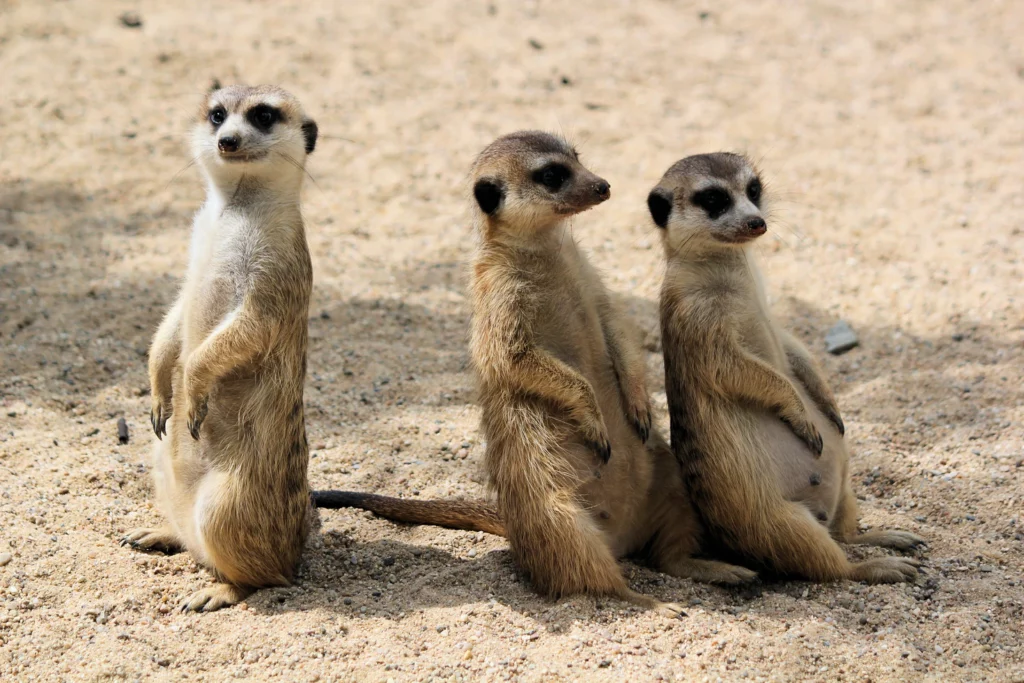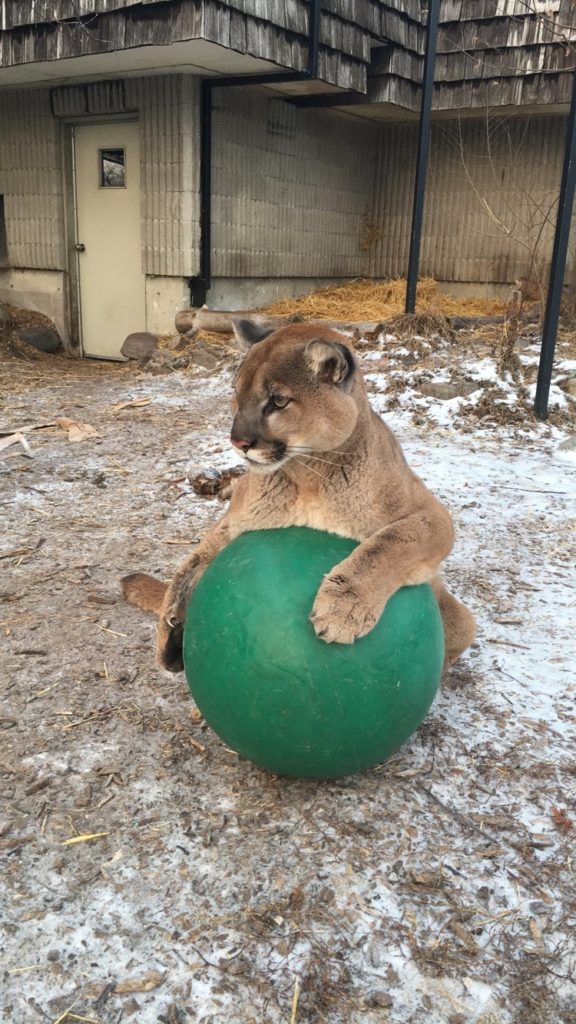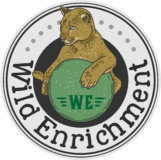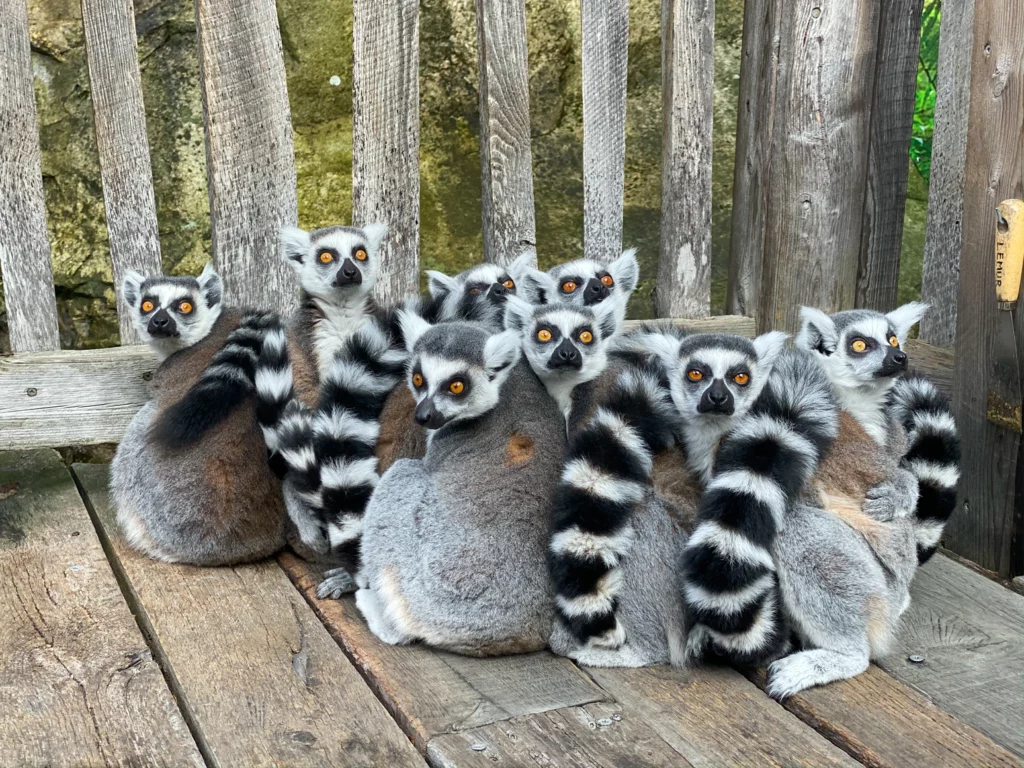Individual vs The Species
When we talk about enrichment for a given animal, one of the first topics that generally comes up is the need to think about natural behaviours that the animals wild counterparts would be displaying on a day to day basis. While I still think this is one of the most important factors to consider when designing an enrichment program I often think that this may be taken too far, and will result in the needs of the individual animal you are designing the program for, to be lost.
An important concept to always keep in the back of your mind with behavioural husbandry is the fact that you are trying to enrich the lives of the individual animals under your care and not an entire species. What I mean by that is, when you are designing an enrichment program, you need to design the program to benefit the individual animal or group of individuals that you are caring for, many of these individuals will have special needs, tendencies and behaviours that could stray from what we envision the “ideal” needs, tendencies and behaviours should be, based on what we know about these animals in the wild.
Anyone who has ever provided enrichment for a variety of animals knows that you will never stop being surprised about their reaction; enrichment that you spent hours working on, that you think is perfect for them will sometimes barely get a courtesy sniff and sometimes enrichment that you just throw into an exhibit in a hurry without much for-thought will result in hours of behaviours that you didn’t even know the animal was capable of. It is often very hard to predict how an individual animal will react when presented with an enrichment opportunity.
Think in Terms of the Individual you are Working With

Generally when coming up with an enrichment item/ technique for an animal, I like to target a specific natural behaviour as a goal outcome. Generally to do this and find which natural behaviour to exploit, I ask myself a series of questions such as:
- How does this animal spend most of its day in the wild?
- How does this animal acquire food in the wild?
- Is there a specific behaviour that is missing from our current enrichment “toolbox”?
- How do other facilities enrichment programs differ from ours?
These questions (and many more) are fantastic at painting you a picture of what the day to day life of a wild animal might look like and that will translate into various enrichment opportunities that you can provide the animal you are caring for, but it may not provide useful insight into what the individual needs of that animal might be. For example, questions for targeting the individual may look like:
- Does this animal show signs of any negative behaviours or tendencies?
- Does this animal have any medical concerns that could effect enrichment outcomes?
- Will age play a factor in how this animal will react to enrichment?
- What is this animals behavioural husbandry history and how will that effect willingness to interact with enrichment?
- Will this animal need to “learn” to interact with enrichment?
- How will group dynamics affect enrichment opportunities?
Questions like these will allow you to take the knowledge you acquired from the first set of questions and apply it to your specific situation and the individual/ individuals that you are working with.
Some Animals don’t fit the Mold
Throughout your animal care career you will encounter many animals that just do not fit the mold at all and require much more effort and nuance when it comes to behavioural husbandry than other animals of the same species.
In my career I have worked with a cougar who liked to roll around on a boomer ball all day like she was a furry BB8 from Star Wars (she is also the cougar I used for the Wild Enrichment logo).

I have worked with a polar bear that would bring all of his enrichment inside to interact with them instead of interacting with them in their spacious exhibits.
As well as many animals that exhibited stereotypic behaviours or other negative tendencies. Im sure many of you reading this can think of your own examples. It is in situations like these, that the need for focusing on the individual and not just the species or group of animals they live with is very important for the overall success of a behavioural husbandry program.
Steps for Enriching the Individual
- Research natural history for the species
- Research the needs of the specific individual or individuals you are trying to enrich
- Write down and categorize individuals based on their needs
- I.e. Has a bad back so enrichment needs to be lower to the ground, Has a head swinging behaviour that we should try to mitigate.
- If the individual lives with other conspecifics, rank individuals based on the priority for the behavioural husbandry program to focus on.
- Create goals based specifically on what you want to see from the individual and not just the group.
- Think of ways you can adjust the current program to better cater to the needs of the individual based on the research you did in step 2.
- Create separate daily tracking as well as goal tracking sheets for that individual.
Although researching and targeting natural behaviours when creating an enrichment program is absolutely essential for the programs overall success, I believe that this practice can sometimes obscure the needs of the individual animals you are caring for. The main takeaway from this article is that at the end of the day, enrichment programs are created for the individual animals you are working with and not the species as a whole; great care should always be taken to make sure the individuals unique needs and goals are taken into account at all times.


I have Volunteered at Melbourne Zoo for the past 20 years, Mainly I’ve been evolved in Enrichment & Animal watches for most of our Animals I have found this article very informative Thankyou
Thank you Carol! Im glad you like it, thank you for all you do as a volunteer!